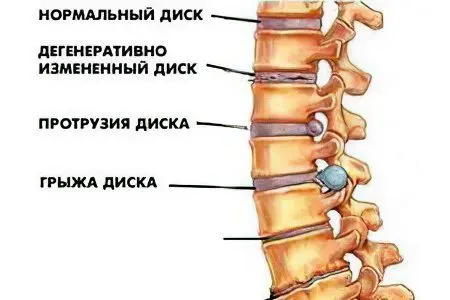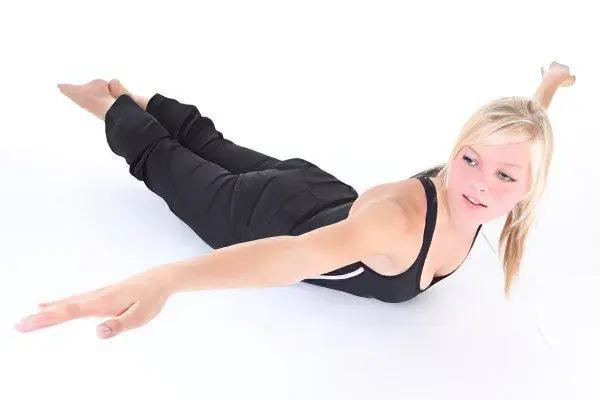
Currently, in all countries of the world, specialists are struggling with osteochondrosis, as the number of patients who are diagnosed with this disease is increasing every year.
Most often, osteochondrosis is diagnosed in young people whose age ranges from 15 to 30 years. This is due to the fact that the development of this disease occurs at a socially active age (the male half of the population is more difficult to tolerate osteochondrosis).
What is osteochondrosis?
Osteochondrosis is a lesion of the intervertebral discs and other tissues of the spine. Osteochondrosis is understood as a dystrophic process in the intervertebral discs. The spine is compressed, crushing the discs that are between the vertebrae. Over time, they lose their elasticity, and now the nerve endings of the spinal cord begin to pinch. There is pain, there is swelling.
In the advanced stage of osteochondrosis, people face serious complications, some of which cause disability.
Osteophyte – this is a pathological bone growth along the edges of the surface of the bone or articular processes of the vertebrae. Osteophyte appears due to the prolonged existence of instability of the spinal motion segment against the background of osteochondrosis or spinal injury. In general, an osteophyte is a protective reaction of the body to heavy loads, therefore, if the growths are removed, they return again.
[Video] International Medical Center – The whole truth about osteochondrosis and back pain. Causes, symptoms, treatment:
Exercises for osteochondrosis

During physical therapy, patients diagnosed with osteochondrosis should perform certain exercises daily:
Having tilted his head forward, the patient should press the forehead area with interlaced fingers. After that, you should press: on the occipital region, on the left and on the right temple.
The patient should press on the forehead with the tips of four fingers. Making smooth movements, you should, as it were, stretch the skin for 45 seconds. Such stretches can be performed in different directions (with their help, blood circulation is restored).
The patient should sit on a chair or on the floor, keeping his back straight, and slowly tilt his head back. The hand should gently press on the chin in the following direction: up, down. After that, slowly you need to turn your head to the right and left.
Sit on a chair and try to reach your chest with your chin. During this movement, you should cross your arms and put them on the back of your head, then lightly press. In this position, it is recommended to sit for no more than 1 minute. After that, you need to perform movements with your shoulders, lifting them up and down, trying to reach your ears.
[Video] Alexander Sakhniy – The best complex for osteochondrosis:









